• KEITH BRANDON CARI-AN
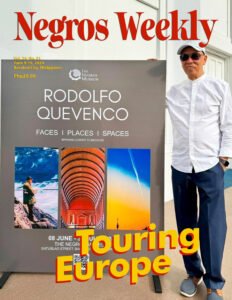
I did not know what to expect when I saw the invitation to the opening of Rodolfo Quevenco’s exhibit earlier this June. Although I’ve been following his adventures through his photography account on Instagram for over a decade now, I was curious on how an exhibit could encapsulate decades of his life in the West.
Touring Europe is but a dream for some of us (for now). But with “Faces, Places, Spaces”, Quevenco’s first-ever exhibit, I got to visit these countries all in one place!
Passion for photography
Photography has always been Rodolfo’s passion since the 1970s. Before cutting the ribbon to his exhibition last June 8th, Quevenco shared fond memories of him with his first photography mentor, former Negros Occidental governor Rafael Coscolluela, way back in their school days.
Binky, as he is known among friends and family, had a long career as a communications officer and senior editor in-charge of web and social media operations within the United Nations system. His 30-year career in the UN peaked when his team at the International Atomic Energy Agency, with their director general Mohamed ElBaradei, was awarded the Nobel Peace Prize in 2005.
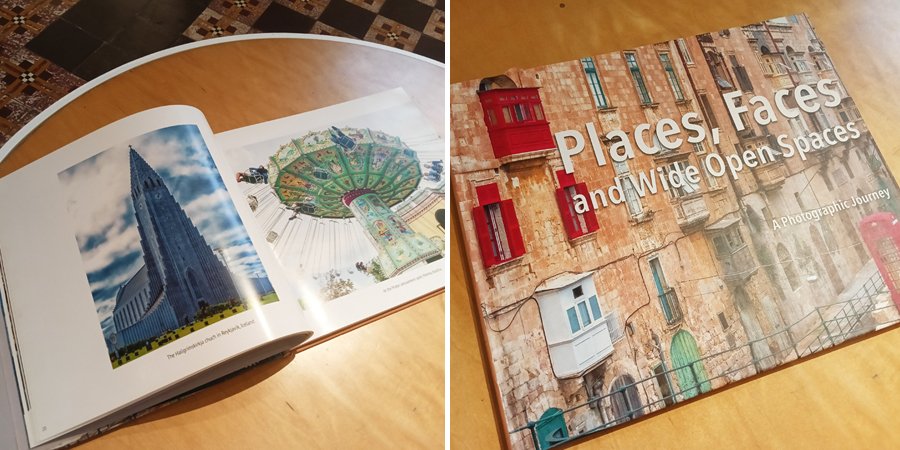
When he retired in 2016, he turned to photography to chronicle his journey throughout Europe. While having published several photography books, this exhibit at the Negros Museum was a first for Quevenco.
Faces, Places, Spaces was a full-circle moment for him as he returned to Negros Island to share his travels with his fellow Negrenses.
An exhibit for a cause
For exhibit curator Maureen Austria, her uncle Binky sees things not all can see. His eye for detail and pulse for capturing moments was nothing short of talent. It took time for them to curate and package Faces, Places, Spaces.
As everyone has different ways of seeing things, Austria thought Quevenco’s perspective needed to be shared with more Negrenses.
This exhibition was also a way for Quevenco to give back to his alma mater. The proceeds and donations to the exhibit will be used to mount a small-scale plastic recycling facility that would benefit the University of St. La Salle and the boys at Bahay Pag-asa.
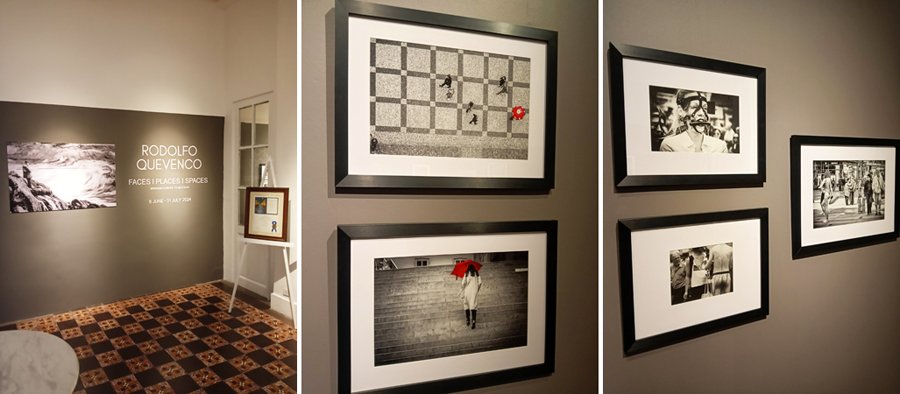
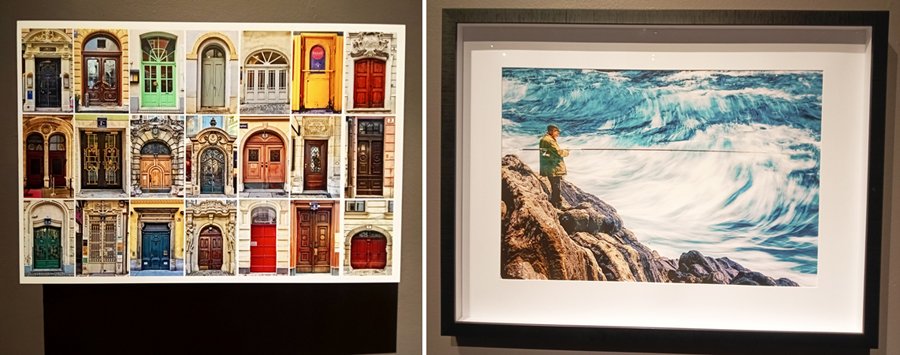


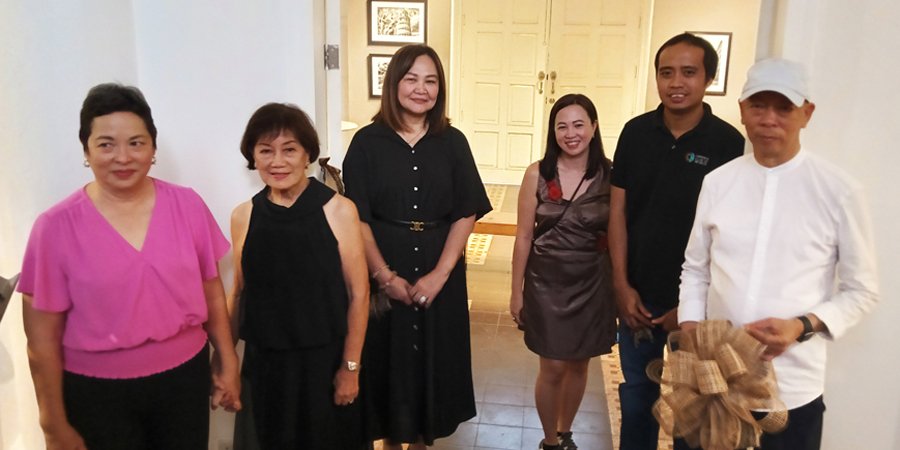
The Negros Museum director Tanya Lopez also saw this as a way to give back to the environment. The director said they always welcome artists who utilize the museum as a platform to promote environmental and social causes.
Faces, Places, Spaces is available for viewing until July 31st.
Touring Europe with Quevenco
I learned about Quevenco when he became our commencement speaker during our graduation ceremony 10 years ago at the University of St. La Salle. Covering this event was a full-circle moment for me, too.
From someone who has lived in Austria for a long time, his lens is not that of a tourist but that of a local rediscovering the sights with friends. It felt like I was touring Europe with him.
Upon entering the halls of the museum, I was greeted by his latest photography book “Places, Faces, and Wide Open Spaces”. The black-and-white sequence caught my attention thereafter. The unexpected pops of red in this sequence added points of interest.
My favorite part of the exhibit was the projection installation of 21 doors of various structures. It felt like I was traveling through time as the doors embodied eras and design influences.
The scapes sequence provided a sense of calm and relief. In “Village by the Lake”, Quevenco’s lens froze the sea like an oil painting juxtaposed the detailed image of a man and his fishing rod on a rocky cliff.
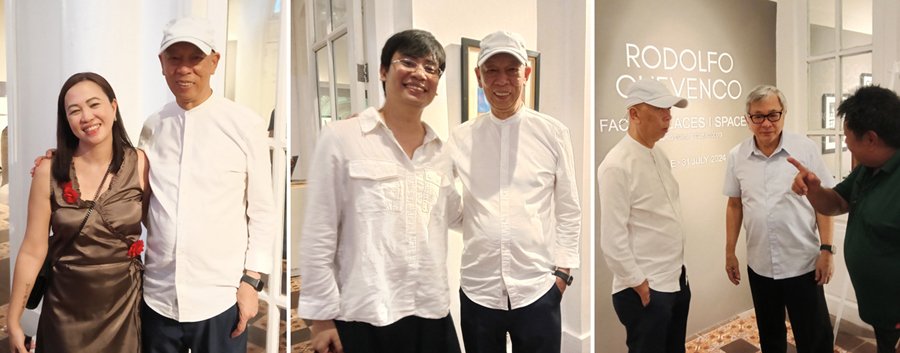
Sharing a part of yourself
Artists share a part of themselves through their art. For Quevenco, it is through his camera. While I may have not seen these faces, places, and spaces in person, walking through Quevenco’s one-man exhibit made me look forward to exploring more of the world, and capturing moments only I can see. | Keith Brandon Cari-an photos




